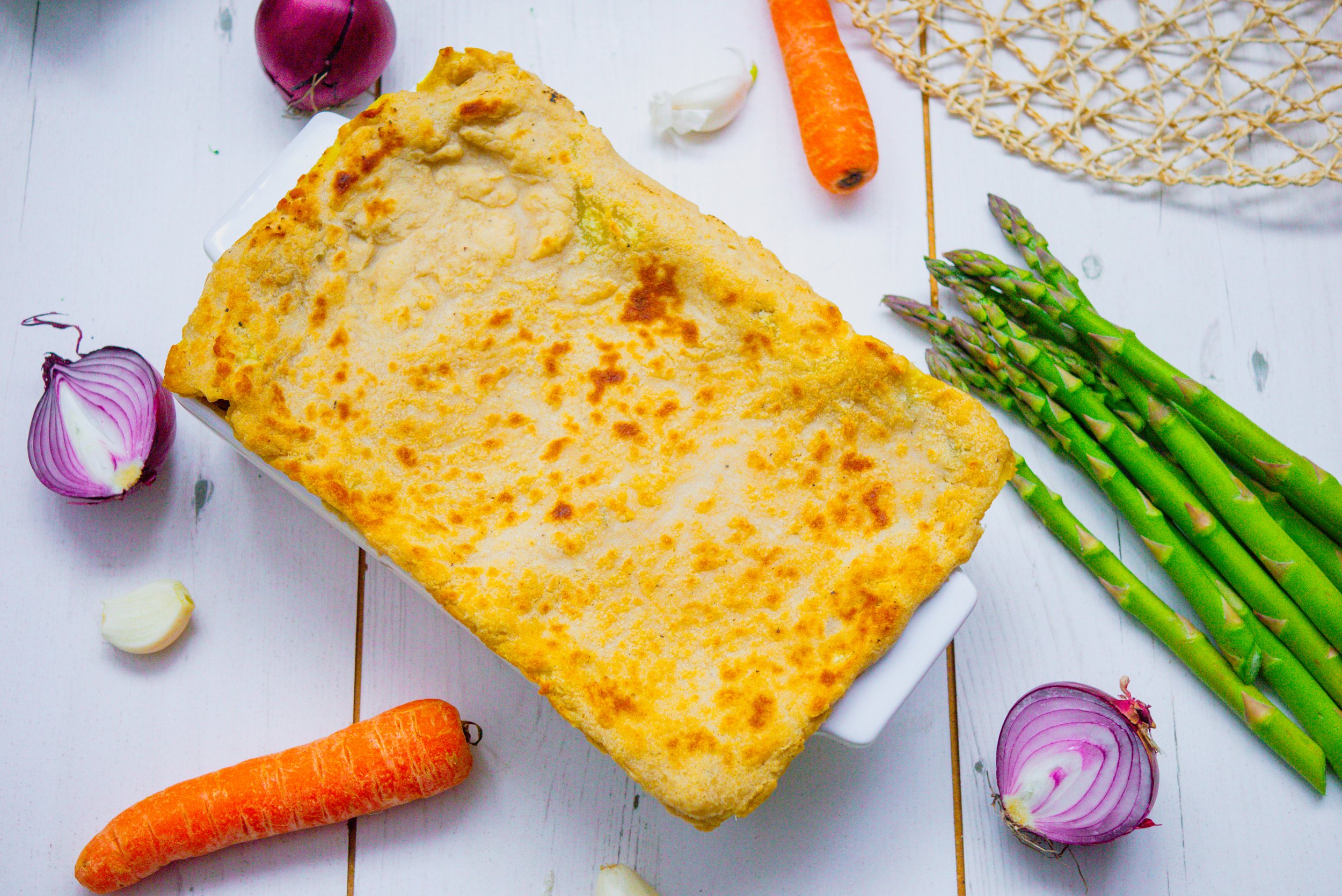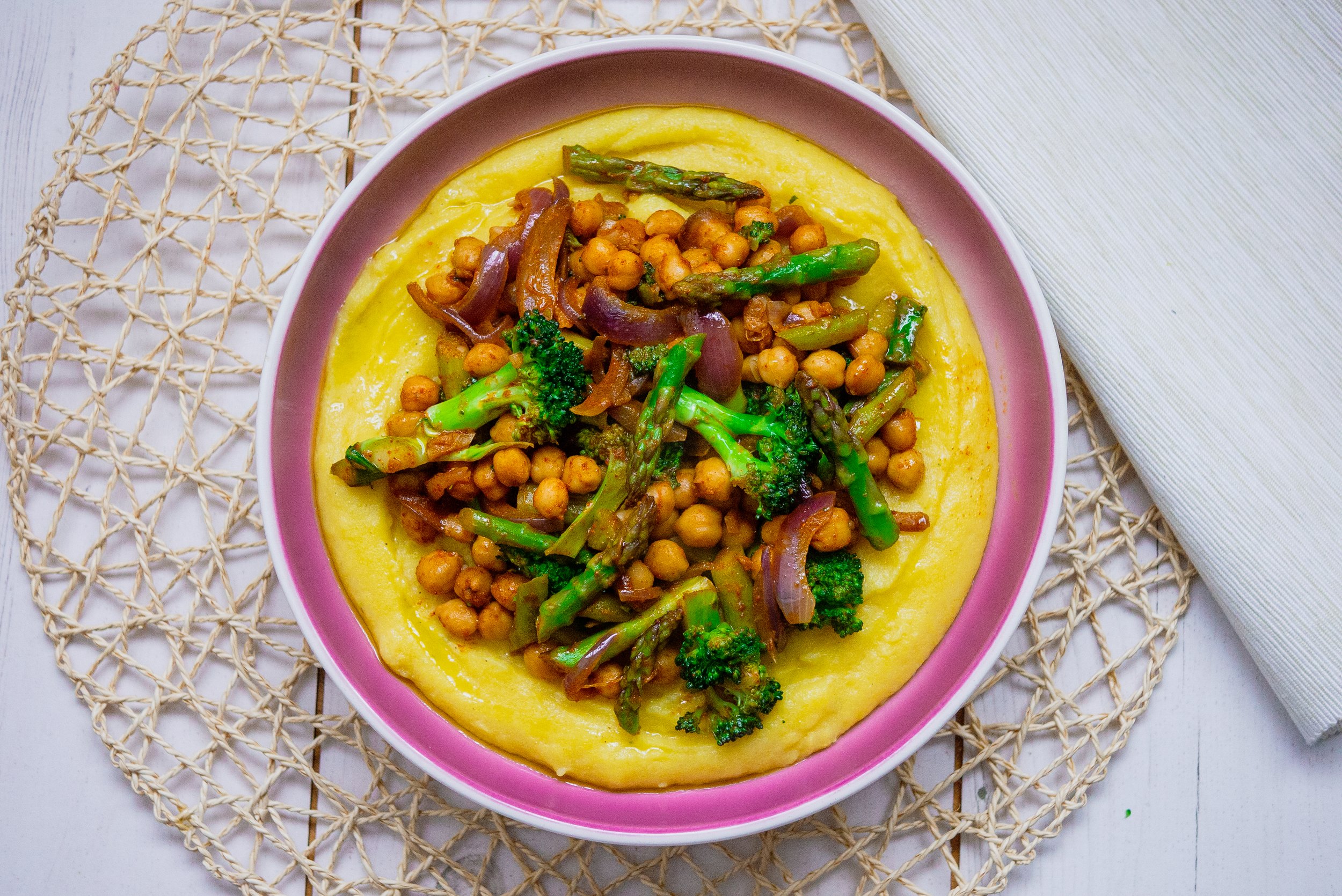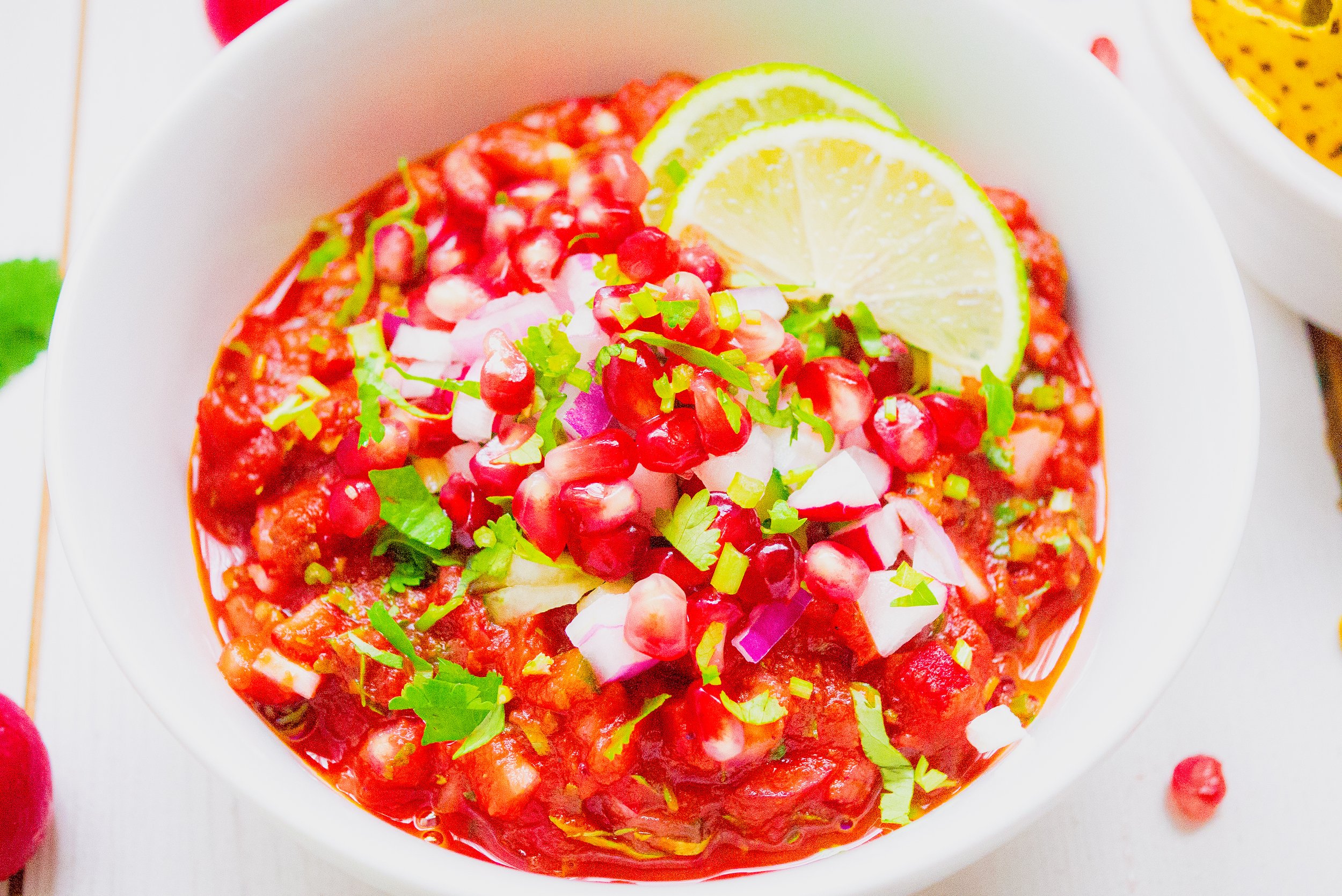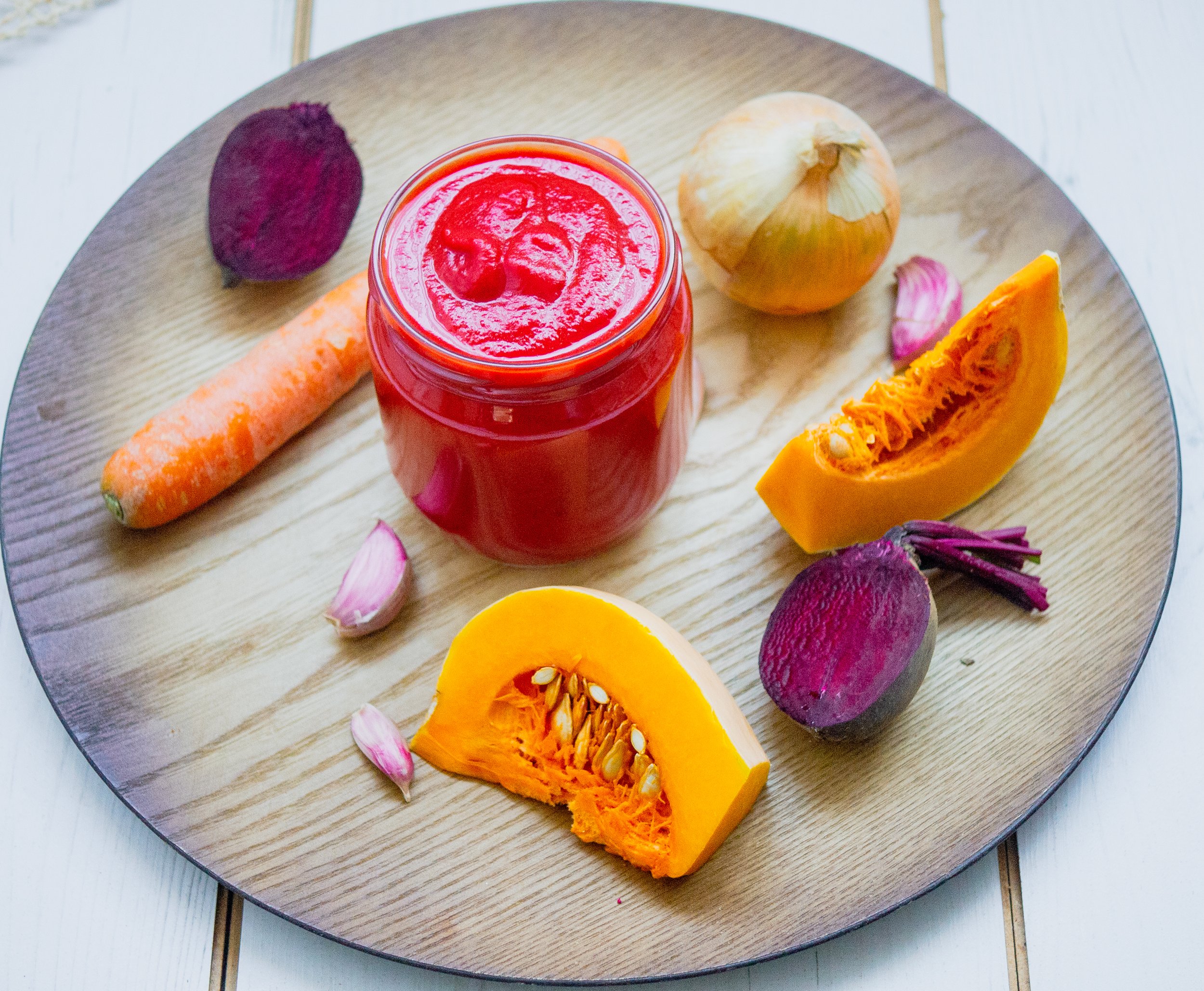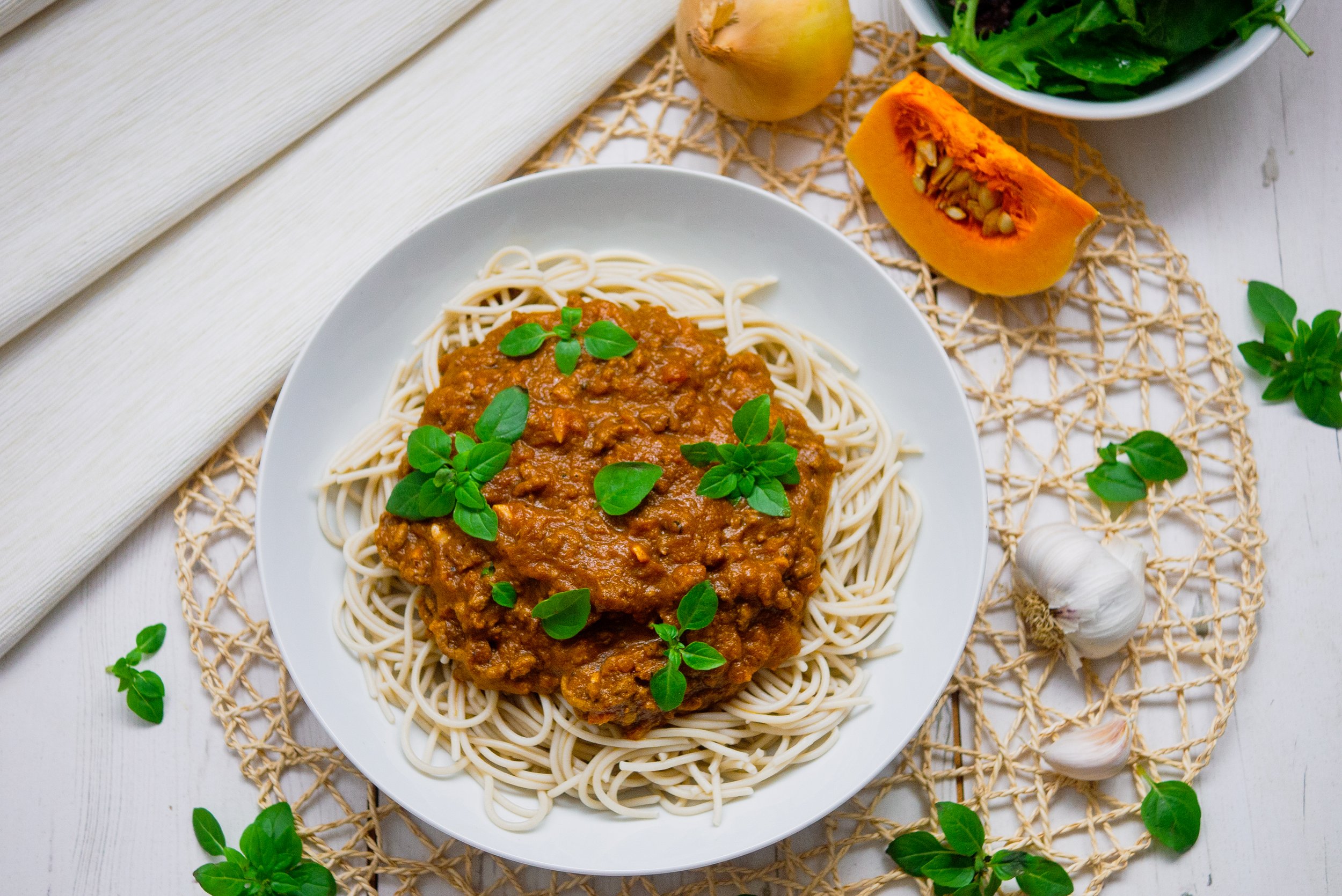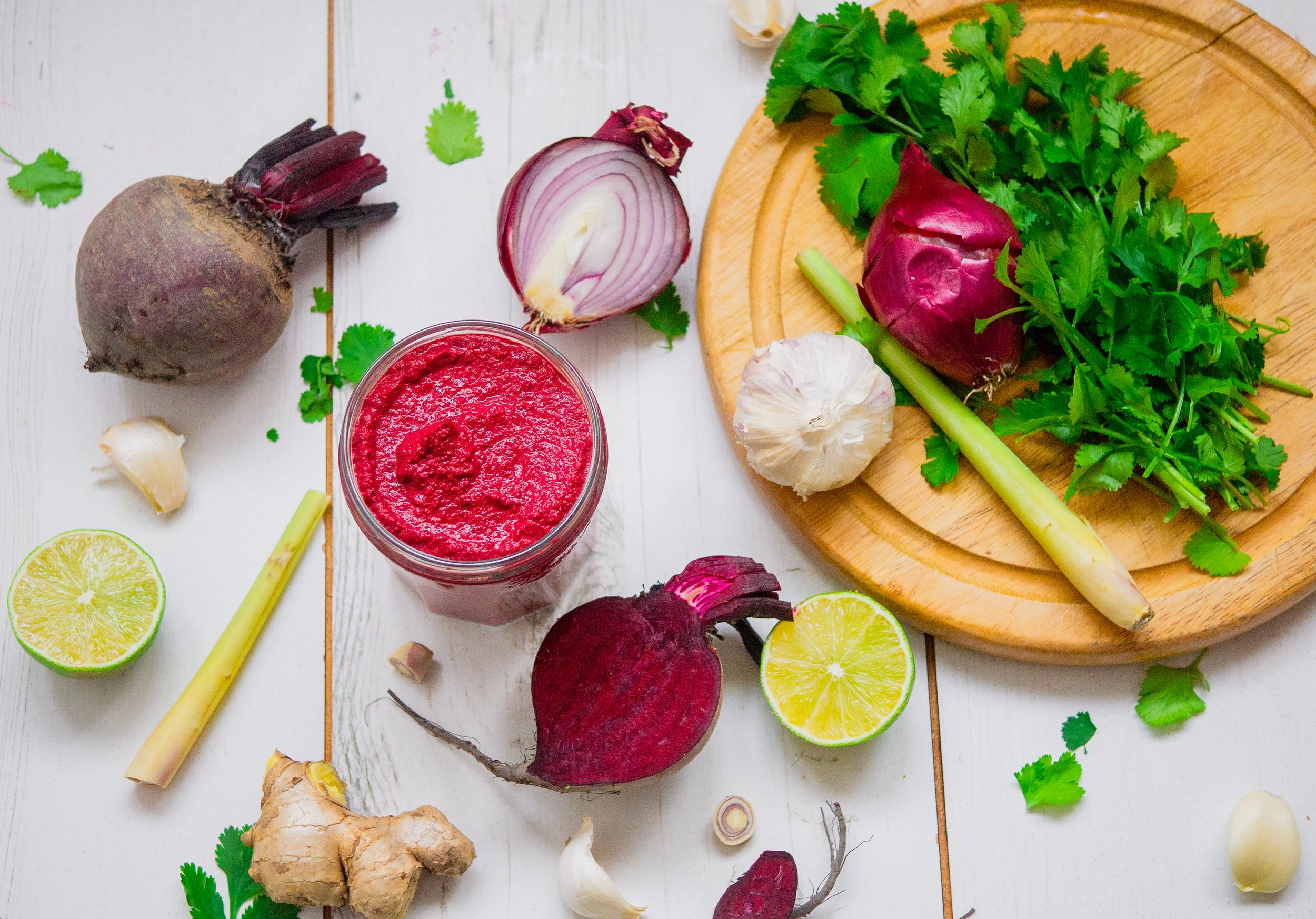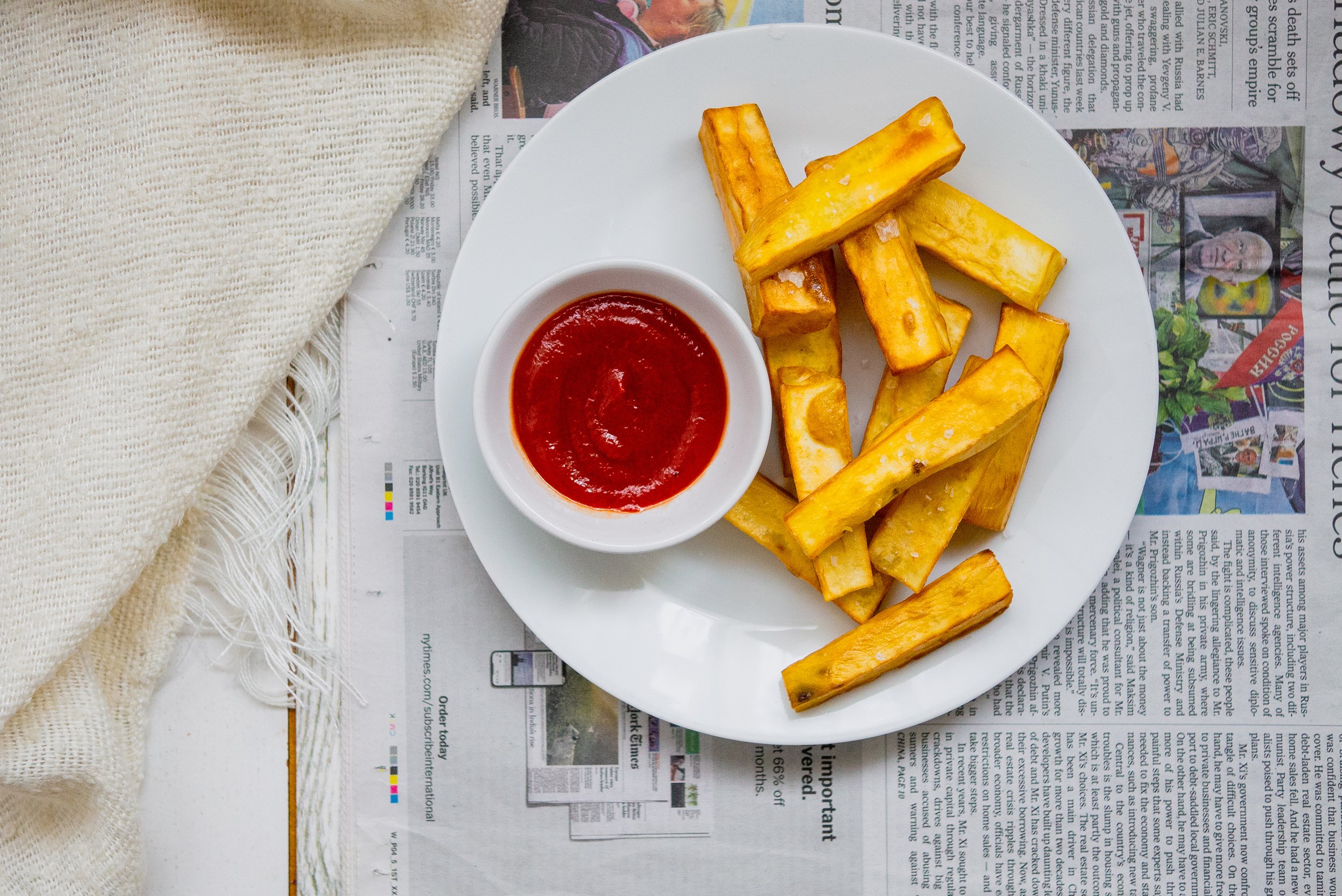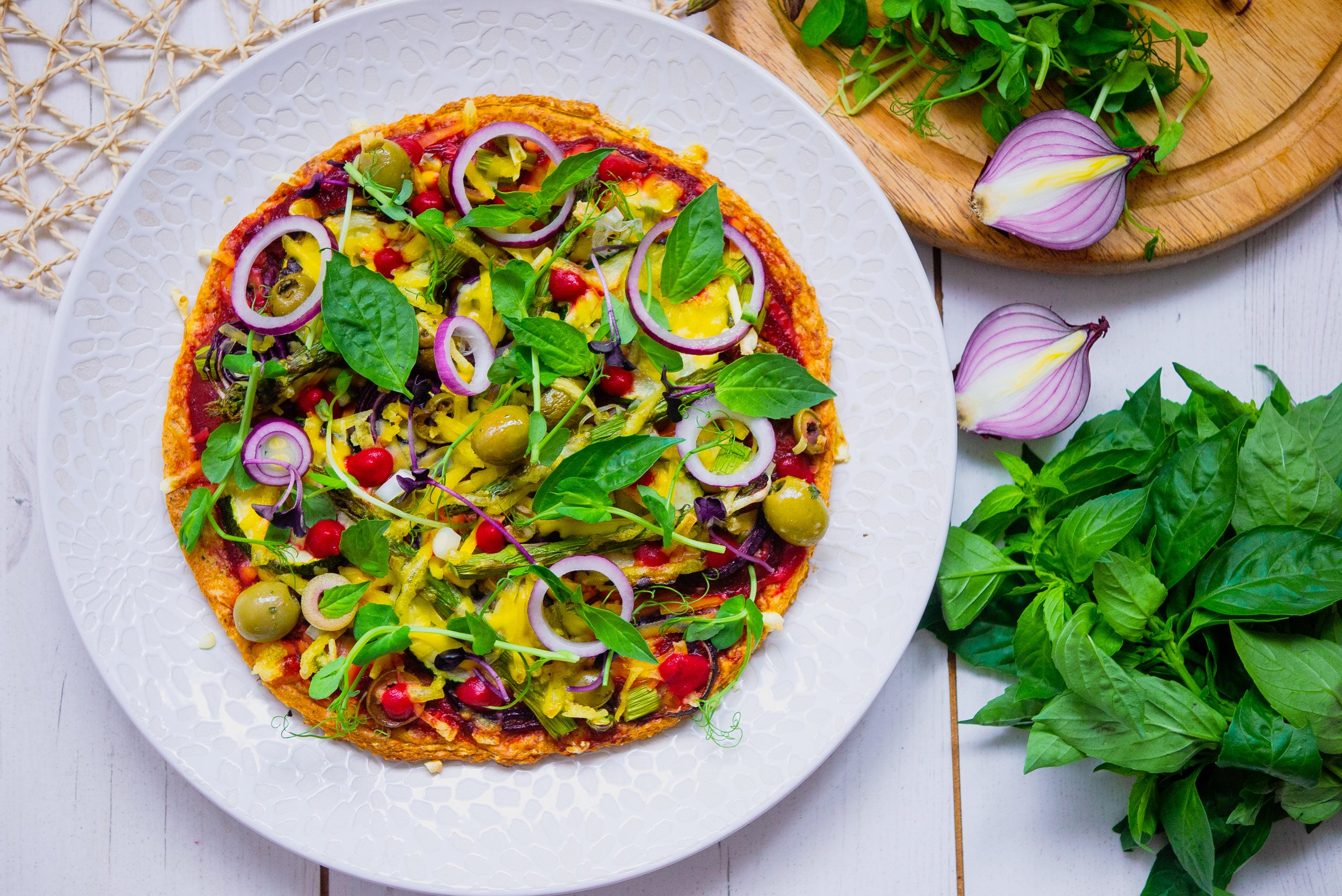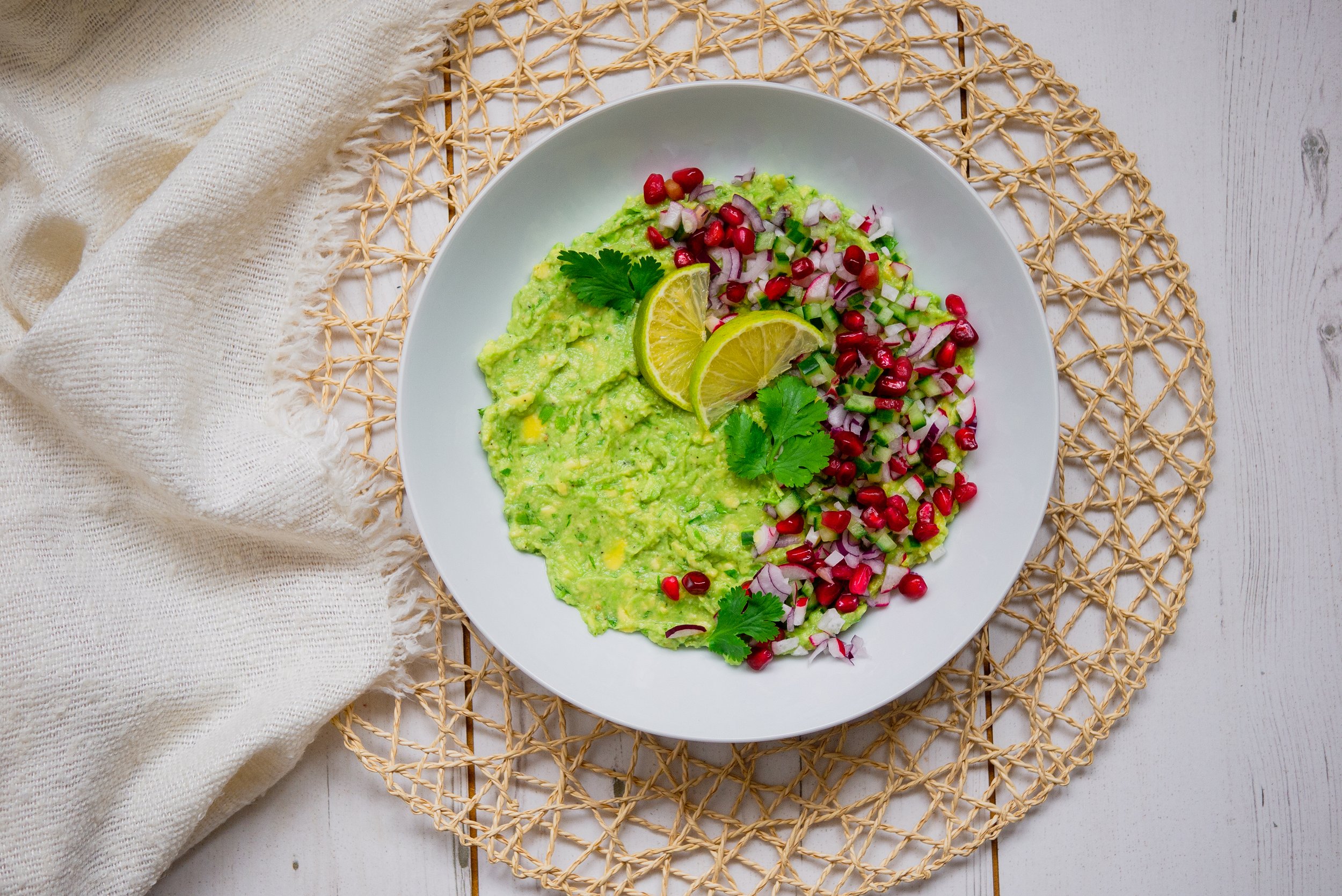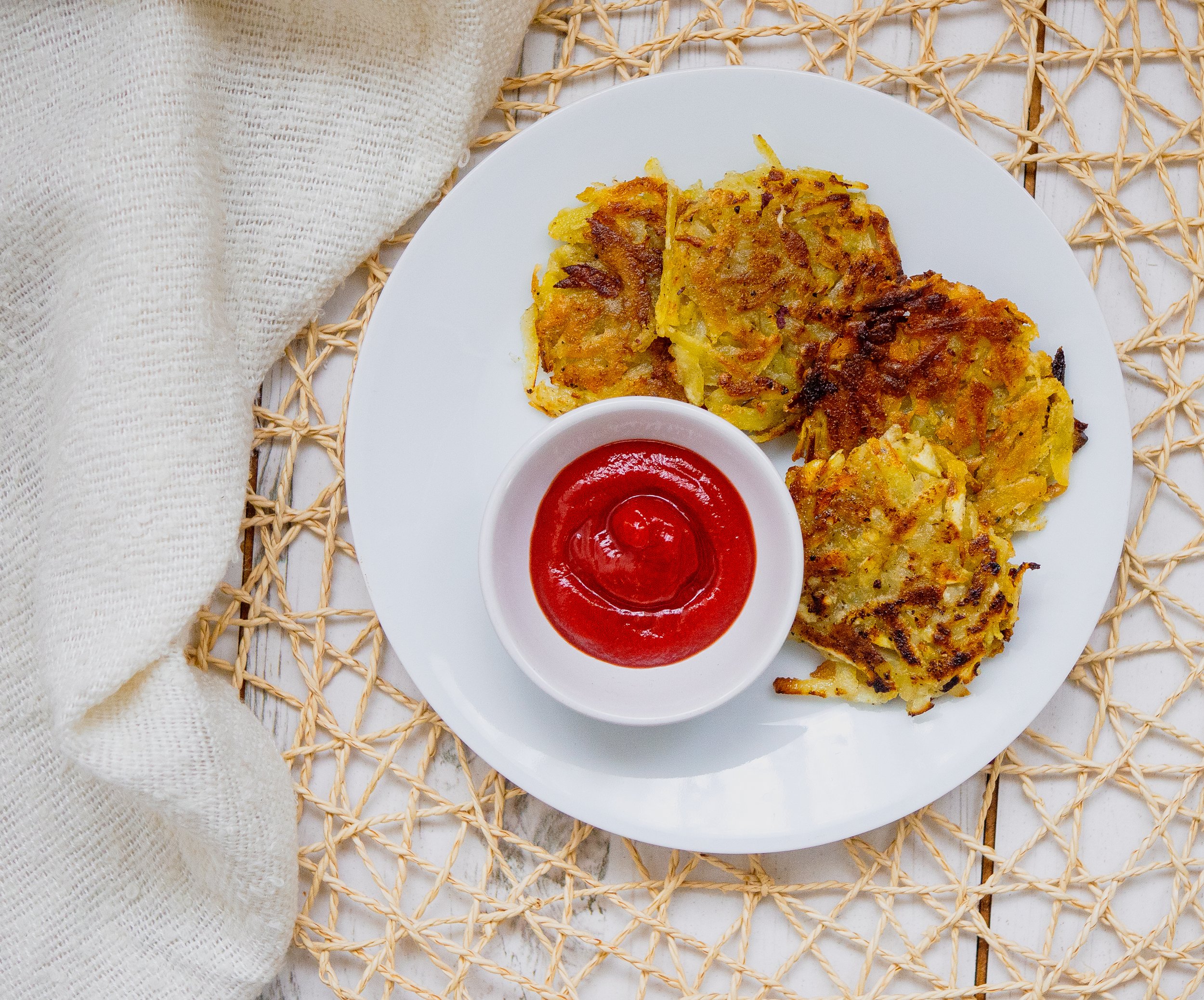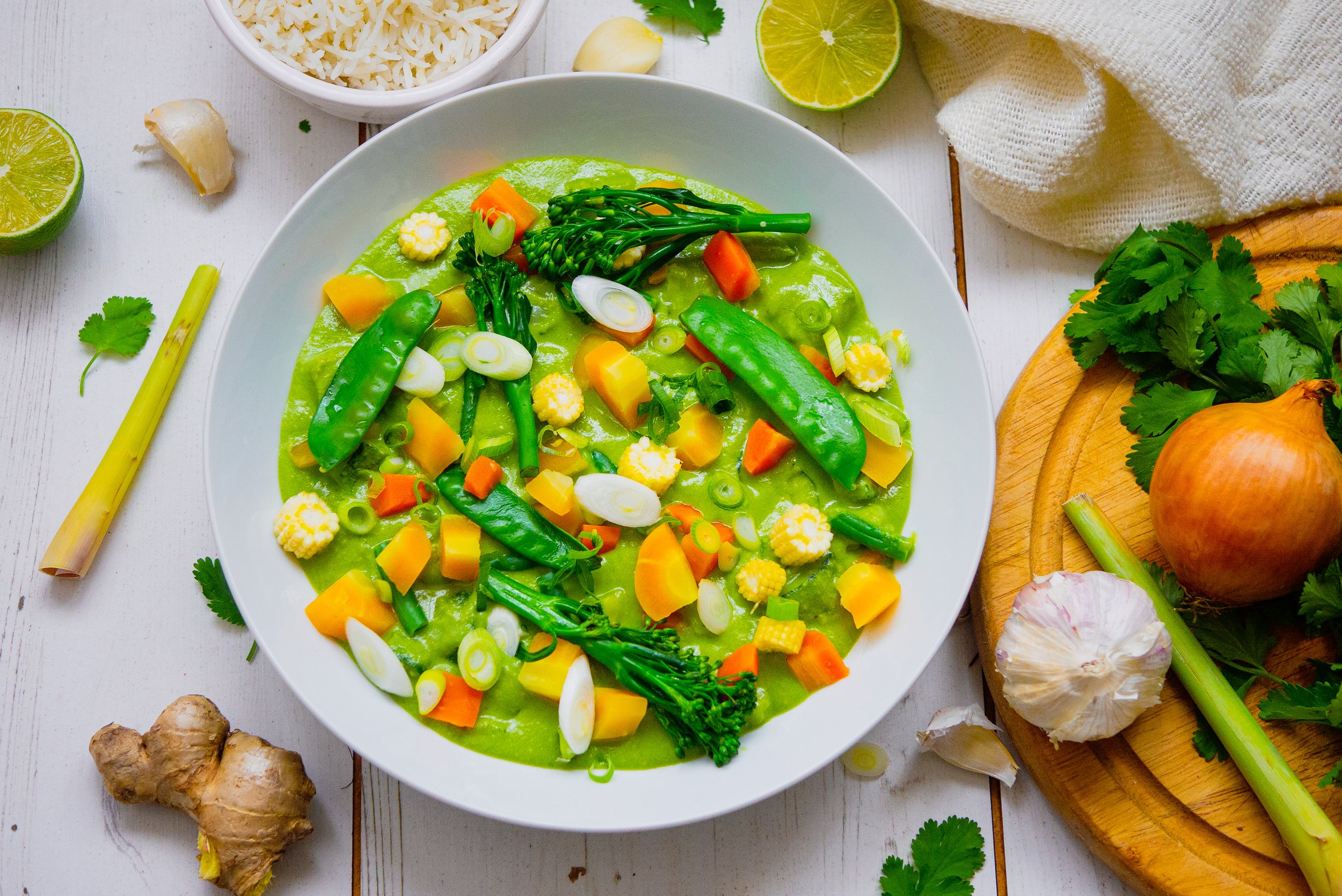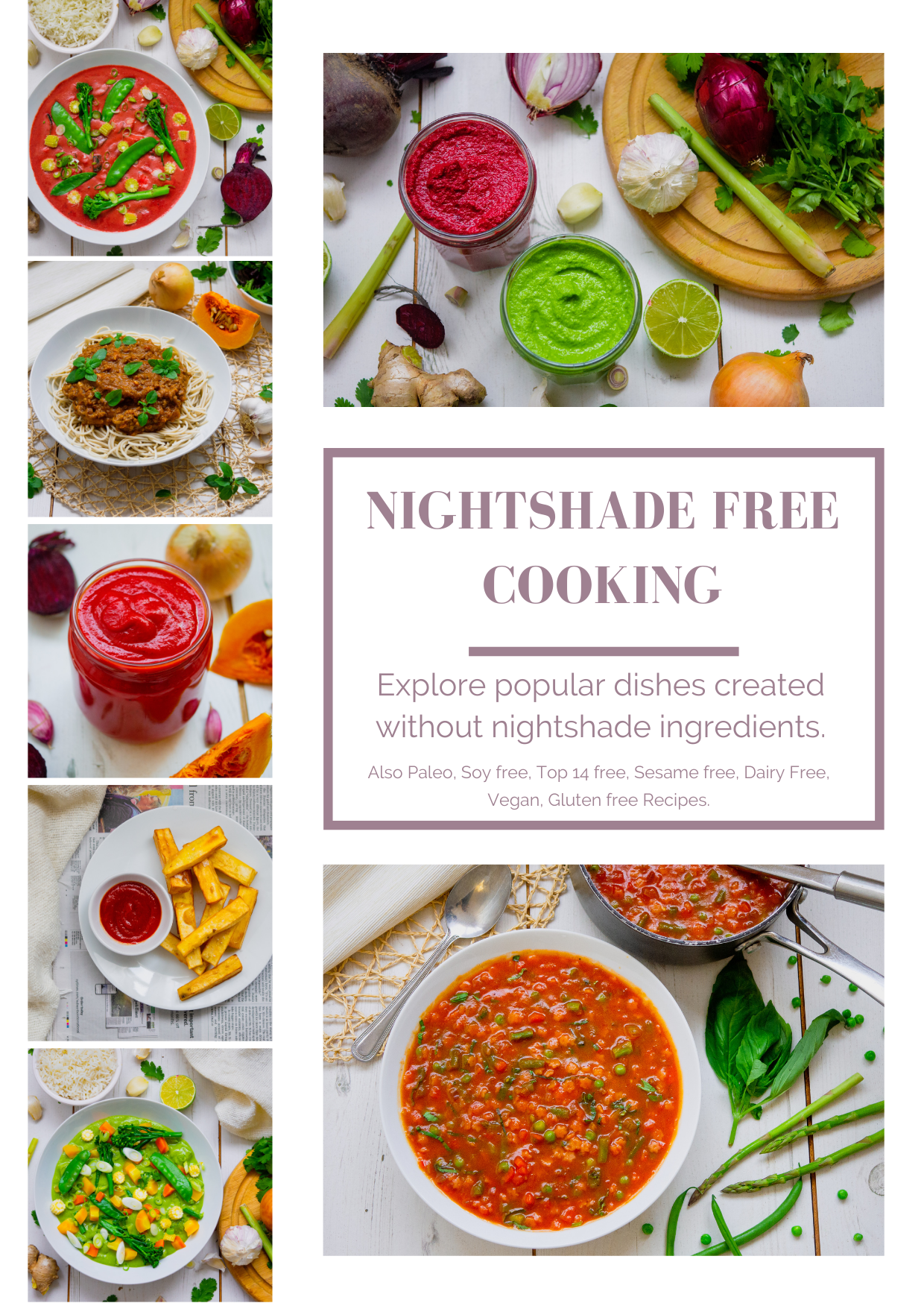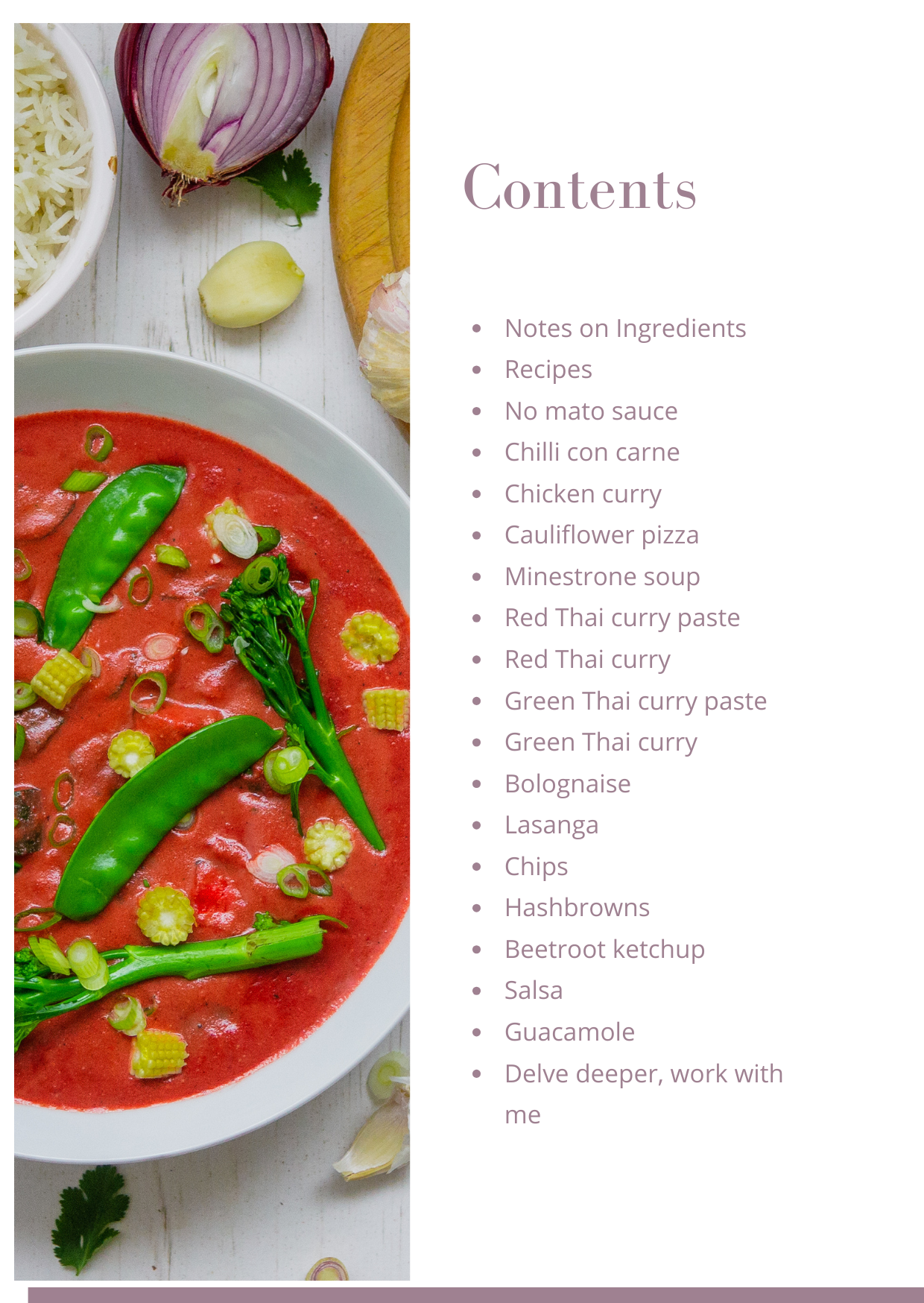A Beginner's Guide to a Nightshade-Free Diet
Learn the ins and outs of eliminating deadly nightshade vegetables from your meals and embrace a healthier lifestyle.
Welcome to my comprehensive guide on eating a deadly nightshade-free diet.
Deadly nightshade vegetables are a family of vegetables that contain toxins that trigger inflammation in some individuals with autoimmune diseases. Some people may also be allergic or have intolerances to nightshade vegetables.
In this blog post, we will dive into what nightshades are, how they can be harmful, and the symptoms of nightshade sensitivity. Whether you are looking to manage your autoimmune condition or explore alternative dietary options.
This guide will provide you with the necessary information to make informed choices about your diet. I have also included nightshade-free recipes, links and further resources to guide you on your nightshade-free journey.
I will be covering:
What vegetables are from the Nightshade family
Common dishes that contain nightshade vegetables
Nightshade-free alternatives
Tips for following a nightshade-free diet
How to read food labels & to spot nightshade vegetables
Sneaky places where nightshade vegetables can hide in processed foods
Finding nightshade-free recipes, including my recipe ebook take a look here
Tips on how to eat out with a nightshade-free diet
So, let's begin our journey towards a nightshade-free lifestyle.
This article is for educational purposes only and should not be taken as medical advice. I am not a healthcare provider. If you have food allergies, intolerances, or experience any symptoms, please consult a qualified healthcare professional or allergist for proper guidance and support.
What are nightshade vegetables?
Vegetables of the Nightshade vegetable family are a group of plants belonging to the Solanaceae family, known for containing alkaloids that can be harmful to certain individuals. These plants are commonly consumed in various cuisines but may cause adverse reactions in some people. This section will explore commonly eaten nightshade vegetables and provide nightshade-free alternatives.
Toxic compounds in vegetables of the nightshade family:
The Nightshade family of vegetables contain certain substances that fall under the category of alkaloids. While these compounds are natural and can have beneficial effects in certain situations, some people may be more sensitive to them due to individual factors. It's important to note that the levels of these compounds can vary among different varieties of nightshades and even within individual plants.
One common alkaloid found in nightshades is solanine. This compound is a natural defence mechanism for the plants, helping protect them from insects and other pests. However, solanine can be toxic to humans in high concentrations. Symptoms of solanine poisoning may include gastrointestinal issues such as nausea, vomiting, and diarrhoea.
Common symptoms of nightshade intolerance include joint pain, inflammation, fatigue, rashes, migraines, skin flares, digestive distress, and worsening of preexisting conditions. By identifying these symptoms and eliminating the family of nightshade vegetables from your diet, you may experience relief and improve your overall health.
Another alkaloid present in nightshades is nicotine. Yes, the same nicotine that is notorious for its association with tobacco. However, the levels of nicotine in nightshade vegetables are significantly lower than those found in tobacco products. Nevertheless, some individuals may still experience sensitivities or adverse reactions to even these trace amounts of nicotine. I used to be a smoker and would experience rashes and huge spots that used to swell up on my skin. When smoking, I looked like the elephant man.
Moreover, certain nightshade vegetables, like green tomatoes and unripe potatoes, contain higher levels of toxic compounds compared to their fully ripened counterparts. Therefore, it's essential to consider the ripeness and preparation methods when consuming nightshade vegetables or avoid them altogether.
Common foods belonging to the nightshade family of vegetables:
All potatoes (excluding sweet potatoes)
All tomatoes
Tomatillos
Tamarillos
Nicotine
Ashwagandha ( a superfood)
Eggplant/Aubergine
Pimentos
All bell peppers
Jalapenos
Habaneros
Goji berries
Spices like:
Paprika
Cayenne pepper
Chilli peppers & chilli powder
Curry powder
Garam marsala
Chipotle chilli powder
Sauces & dips:
All hot sauces
Ketchup
BBQ sauces
Red pasta sauces
All red and green salsas
Guacamole that has tomatoes in it
Nightshade-free alternatives
Sweet Potatoes: Including white sweet potatoes. This root vegetable is not a nightshade vegetable and can be a great substitute for regular potatoes. Sweet potatoes are packed with vitamins, fibre, and antioxidants. They can be baked, roasted, mashed, or used in various recipes to add a touch of natural sweetness.
Cassava: Cassava is a versatile root vegetable that’s widely consumed in several parts of the world. It’s also what tapioca starch is made from. You must cook it before eating it, as the raw form can be poisonous. Buy cassava whole or as mogo chips and cassava crisps, usually found in Asian/Indian stores.
Cauliflower: Known for its versatility, cauliflower can replace nightshade vegetables in many dishes. It can be steamed, roasted, mashed, or processed into cauliflower rice. Cauliflower is rich in vitamins C and K and is a low-carb alternative to potatoes.
Polenta: I like using it as a mash substitute. Polenta can also be cooked, cooled and cut into fries and fried. They taste so delicious. If you haven’t tried polenta, you absolutely must. Here is a recipe.
Zucchini: With its mild flavour and crunchy texture, zucchini is a fantastic nightshade-free option. It can be spiralised into noodles, sliced and grilled, or used in stir-fries and casseroles.
Butternut Squash: Butternut squash is another nutritious swap for nightshade vegetables. It is rich in fibre, vitamin C, and vitamin A. You can use butternut squash to make soups, stews, or roasted vegetable medleys.
Broccoli: Is a cruciferous vegetable that is high in vitamins C and K. It can be steamed, roasted, or stir-fried as a substitute for nightshade vegetables in various recipes. It adds a nutritious punch to salads, stir-fries, or even pasta dishes.
Beetroot: Beets are a nutritious root vegetable that can be used instead of nightshade vegetables. They are rich in antioxidants and can be roasted, steamed, or even grated into salads for added colour and flavour.
Radishes: Radishes are a crunchy and peppery vegetable that can be used as an alternative to nightshade vegetables. They can be sliced and added to salads, pickled for a tangy kick, or even roasted for a unique side dish.
Celery: Celery is a low-calorie vegetable that can be used as a substitute for nightshade vegetables. It is a great addition to salads, soups, or even as a snack with some peanut butter.
Cucumber: Cucumber is a refreshing vegetable that can be used instead of nightshade vegetables. It can be sliced and added to salads, used as a crunchy topping for sandwiches, or even blended into a refreshing cucumber soup.
Carrots: Carrots are a versatile vegetable that can be used as an alternative to nightshade vegetables. They can be roasted, steamed, or grated into dishes like coleslaw or salads. They are rich in beta-carotene and add a natural sweetness to recipes.
Pomegranates: I use pomegranates instead of tomatoes in salad and salsa recipes. It adds a touch of tart sweetness, just like tomatoes do.
Adding flavour to your meals without nightshade vegetable ingredients is entirely possible. Here are some nightshade-free condiments and flavourings to consider:
Salt (sea salt or Himalayan salt)
Pepper (black or white, as black pepper is not a nightshade)
Herbs (rosemary, thyme, basil, cilantro
Vinegar (apple cider vinegar, balsamic vinegar)
Wasabi/horseradish
Mustard (double-check ingredients to ensure no nightshade additives)
Spices (turmeric, ginger, cinnamon, nutmeg)
Coconut aminos (a soy sauce substitute)
Incorporating these nightshade-free alternatives into your diet allows you to enjoy diverse flavours and maintain a healthy lifestyle while avoiding nightshade-related complications.
Remember to consult with a healthcare professional or nutritionist for personalised advice if you suspect or have been diagnosed with nightshade sensitivities or allergies. Stay tuned for the next section of our guide to eating a deadly nightshade-free diet.
For more ideas on how to cook for a nightshade-free diet, take a look at my recipe ebook here.
Tips for following a nightshade-free diet
A nightshade-free diet can be challenging, but with the right strategies, you can navigate your way through it successfully. Here are some essential tips to help you follow a nightshade-free diet:
Reading food labels
When you are following a nightshade-free diet, it is essential to read food labels carefully. Many processed foods have nightshade ingredients or derivatives, so it is crucial to scrutinize the labels for potential culprits. You should look out for common nightshade sources such as tomatoes, potatoes, peppers, and paprika.
To make this process easier, you should familiarize yourself with the different names that nightshade ingredients may be listed as. For instance, tomato paste may be referred to as "tomato concentrate" or "tomato puree." By being aware of these aliases, you can avoid accidentally consuming nightshades.
Pay attention to food additives: Certain food additives, such as vegetable or spice extracts, may contain nightshades. These additives can be challenging to identify, so it is essential to research and familiarize yourself with any that are commonly derived from nightshade sources.
Watch out for hidden ingredients: Some processed foods may contain hidden sources of nightshades, such as modified food starch, natural or artificial flavours, or food colourings. These hidden ingredients can make identifying nightshade-containing products more difficult, so be vigilant in your scrutiny. If in doubt always consult with the manufacturer.
Consider cross-reactivity: In some cases, individuals following a nightshade-free diet may also need to avoid certain foods that have cross-reactivity with nightshades. These foods may include tobacco, ashwagandha, or certain spices like curry powder or chilli seasoning. Be aware of any additional dietary restrictions you may have.
Cook meals from scratch
Preparing your meals from scratch allows you to have full control over the ingredients. By cooking at home, you can avoid hidden nightshade sources and ensure that your meals are entirely nightshade-free. Use alternative ingredients such as sweet potatoes or butternut squash as substitutes. I created a cookery book that is nightshade-free, including popular recipes like lasagna, tomato-free sauce, Thai curries, pizza, and so much more; download a copy here.
Diversify your vegetable choices
While nightshade vegetables are common and versatile, there are plenty of other non-nightshade vegetables to explore. Include a variety of leafy greens, cruciferous vegetables (e.g., broccoli, cauliflower), root vegetables (e.g., carrots, beets), and squash in your diet to ensure you're getting a wide range of nutrients.
Monitor your body's response
Pay attention to any changes or improvements in your health after eliminating nightshade vegetables from your diet. Everyone's body is unique, and some individuals may experience improvements in symptoms such as joint pain, digestive issues, or skin problems. Track your progress and discuss any noticeable changes with a healthcare professional.
Places where nightshade foods can hide
Potato starch hides in:
Gluten-free bread, pizza crust, crackers, baked goods
Some soups, stocks or other products with a thickener
Gluten-free flour blends
Nightshade spices hide in:
Most Mexican food – use of chilli and peppers
Indian food - use of chilli
Sausage and hot dogs (these almost always have paprika)
Nightshade spices or starch can be listed under any of these terms:
‘‘Flavours’’
‘‘Natural flavours’’
"Natural flavourings"
"Spices"
"Potato starch"
Any "food starch"
Any "vegetable starch"
Any "vegetable protein"
Anything spicy. I automatically assume there’s some nightshade ingredients in there. Blends of spices or spice rubs are considered a trade secret, so a brand does not need to provide you as the consumer with detailed ingredients on what this includes. More often than not, a product that includes “spices” on the ingredient list will contain nightshades.
Tomatoes hide in:
Vegetable broth
Seasonings (Italian blends and others will often have tomato)
Crisps - paprika, chilli or tomato powder
Finding nightshade-free recipes
One of the keys to success on a nightshade-free diet is having a repertoire of delicious recipes that exclude nightshade ingredients. Click on the pictures to go straight to the recipes.
Fortunately, there are numerous resources available online where you can find nightshade-free recipes to suit your taste preferences.
Try these recipes here:
Check out my nightshade-free Pinterest board here:
Also, google AIP recipes they will contain no nightshades.
Please take a look at my Nightshade FREE cookbook here with all the recipes below and more. I created alternative versions of all our favourite dishes but without nightshade vegetables. These recipes are suitable for all the family as no one will tell the difference.
How to eat out on a nightshade-free diet
Eating out or socialising with friends and family can be trickier when following a nightshade-free diet. However, with a little planning and communication, you can still enjoy meals away from home while adhering to your dietary needs.
Please don't hesitate to inform your server about your dietary restrictions and ask if the restaurant can accommodate your specific needs. Many establishments are willing to make ingredient substitutions or customise dishes to suit your requirements.
Consider bringing a nightshade-free dish to share if you're attending social gatherings or potluck events. Not only does this ensure you have something safe to eat, but it also introduces others to delicious nightshade-free options and raises awareness about dietary restrictions.
Remember to communicate openly with your friends and family about your dietary needs so they can support you in making suitable food choices during social engagements.
By following these tips, you can successfully navigate the challenges of a nightshade-free diet, enjoy delicious meals, and maintain a healthy lifestyle.
If you’re following a nightshade-free diet, you might want to be cautious with cuisines that frequently use nightshade vegetables and spices. Here are some examples:
Mexican Cuisine: This cuisine often uses tomatoes, tomatillos, and a variety of peppers (like jalapenos and bell peppers) in its dishes. Chilli powder, cayenne powder, and paprika are also common in Mexican seasonings.
Indian Cuisine: Many Indian dishes utilise spices such as curry powder, chilli powder, and cayenne powder, all of which are nightshades. Some dishes also include aubergine.
Italian Cuisine: Tomatoes are a staple in many Italian dishes, including pasta sauces and pizza.
Spanish Cuisine: Spanish cuisine often includes peppers and paprika.
Thai Cuisine: Thai food often features chilli peppers, as well as red and green peppers in Thai red and green curries, and aubergine.
Remember, it’s not about completely avoiding these cuisines but being aware of the ingredients used in certain dishes. Many restaurants can accommodate dietary restrictions if you inform them beforehand.
I've created a cookbook with easy recipes that you can make at home so you won’t miss your favourite dishes. My recipes can be adapted to replace any nightshade-laden dish, and I've made it easy for you by eliminating all the hassle of researching and experimenting. Click here to take a sneak peek.
In conclusion
Adopting a deadly nightshade-free diet can be a beneficial choice for individuals experiencing symptoms of intolerance or inflammation. While nightshade vegetables are nutrient-dense and can be a healthy part of a balanced diet for most people, they may cause discomfort and aggravate certain conditions for others. Conditions such as rheumatoid arthritis, joint issues, digestive problems, autoimmune diseases, and inflammatory diseases may benefit from avoiding nightshades.
References
Remember, it is crucial to consult with a healthcare professional or a registered dietitian before making any significant dietary changes. They can provide personalised guidance and meet your nutritional needs while avoiding nightshade vegetables.
It is important to note that the information provided in this article is for educational, communication, and informational purposes only. It is not intended to replace or constitute medical advice or treatments. Please note that I am not a doctor, nutritionist or allergist. As such, it is always advisable to consult with a healthcare practitioner before embarking on a new diet or health regime.
You might also like:
Looking for anything?
Browse all Articles
Latest Articles
Latest Recipes
Follow along 0n Instagram




